POLICE changed their conclusion about the size of a gunshot wound after a family produced ballistic tests they say showed their son could not have accidentally killed himself.
Lawrie and Wendy Brooks were convinced their son would not have died in the manner investigating officers had determined.
DEAD WRONG PODCAST: EPISODE 5 AVAILABLE SUNDAY NIGHT
Download from iTunes Store or your favourite podcast platform
Police found Jeffrey Brooks, a young scientist employed to save a failing crayfish farm at Beenleigh, accidentally killed himself on March 13, 1996, when an old gun he was retrieving from a ute to shoot at birds went off in his hands.
His parents, brother, bosses and friends complained to a coroner that the experienced shooter would never have done this, the gun was not his and he had told them co-workers had threatened him.
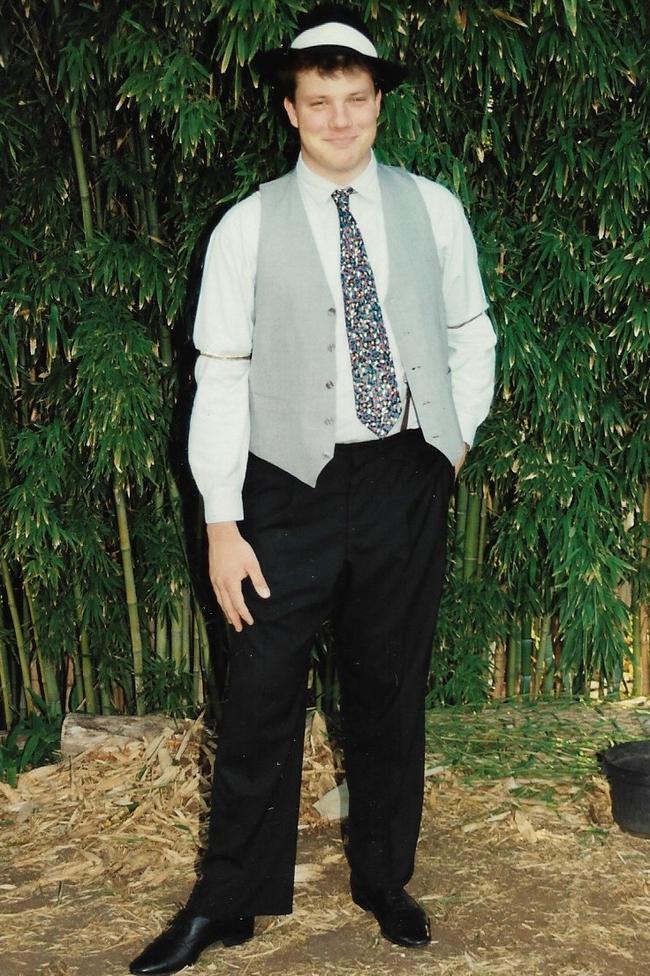
Lawrie and Wendy went to the crime watchdog of the era, the Criminal Justice Commission (CJC), armed with the results of tests they had done on pigskin and cardboard using an identical firearm and shot, and with the help of a veteran NSW police officer and an expert shooter.
This replicated the fatal wound of 3cm, as outlined by pathologist, Dr Charles Naylor of the John Tonge Centre, at a range of 1.25m, well beyond Jeffrey’s reach.
They were called into an interview at the CJC, where they were left dumbfounded when an investigator explained to them that the 3cm wound was somewhat inaccurate and misleading.
The Courier-Mail has obtained and analysed recordings of the CJC interview, plus an official report responding to the Brooks’ complaints about police.
“In explanation, I submit that in the photograph of the wound, the outer skin wound is approximately 3cm as described by Dr Naylor; however, the skin is stretched, and the actual size of the entry wound into the body does not exceed 2cm,” an investigator writes in his official response.
“The 2cm wound is consistent with Lawrie Brooks’ own tests with the shotgun fired from 50cm.”
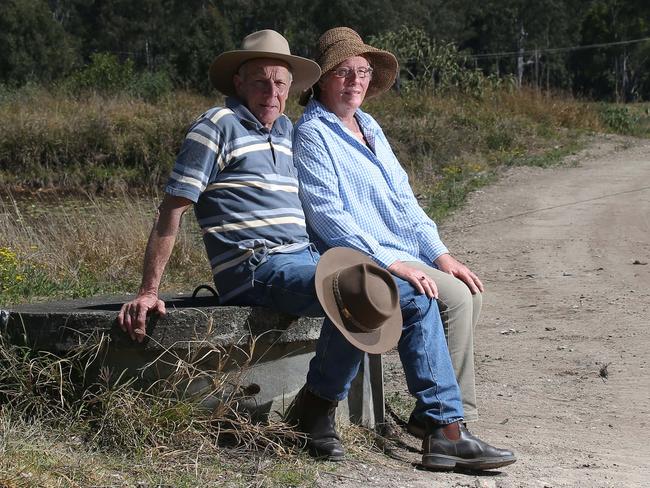
T his view is reinforced during the CJC interview with Jeffrey’s parents.
The Courier-Mail has consulted with two leading pathologists, to be featured in the Dead Wrong podcast, who say that if Naylor measured the wound and wrote down 3cm, then the wound would have been 3cm – not 2cm. In fact, as skin actually snaps back after a gunshot or knife wound, science tells us that the wound was most likely even greater than that diameter.
When Naylor appeared before the inquest on April 7, 1998, he stressed he was not a ballistics expert, but confirmed he had agreed with the range estimation in lead investigator Detective Senior Sergeant Mike Condon’s report of approximately a metre or less from the muzzle to the victim’s shoulder.
“But I should perhaps add that any opinion offered by me in this regard would be subject to any confirmation by test-firing by ballistics experts, and if they obtained patterns of pellet dispersal, that would be much more valuable than my estimate,” he told the coroner.
“What I perhaps should re-emphasise is that if there was test-firing of the weapon to be involved, which perhaps demonstrated that it was a metre and a half, I wouldn’t disagree with that.”
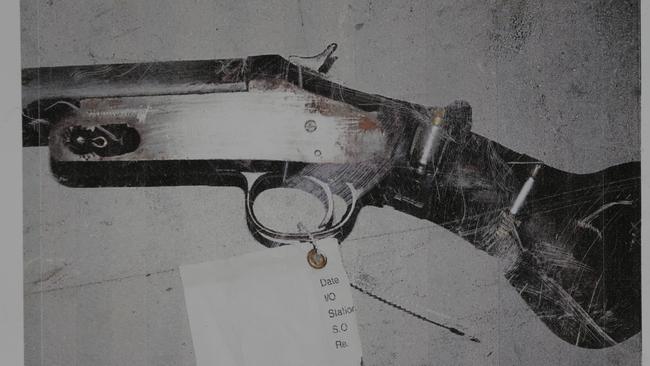
The family applied for the autopsy photographs so they could do an independent assessment, but were told by police they had been lost – along with the negatives.
The Courier-Mail asked after them when the state coroner allowed access to the files, but the coroner’s office said they did not have them on file. They did not know why.
Lawrie and Wendy told the coroner the police handling of the case showed “total incompetence” and raised a long list of grievances. In their letter to the coroner, tendered at the inquest, Lawrie and Wendy said: “We feel we must voice our strong concerns to you, regarding what we see as total incompetence in the handling of the case into our son’s death. Our only desire is for truth and justice to prevail.”
T he farm’s co-owner, Greg Milham, had phoned police minutes after finding out about the tragedy to tell them to treat the case “as a homicide” because of escalating tensions at the farm.
The apparent rejection of Milham’s dramatic plea was among a 19-point list of concerns from Jeffrey’s parents provided to Coroner Trevor Anders.
Other issues were an eight-month delay in accessing phone records, no range-of-shot tests with the old shotgun, failure to interview neighbours or casual farm workers, not checking alleged discrepancies in statements given by the farm manager, his wife and a farmhand, and not adequately examining the farm manager’s alibi.
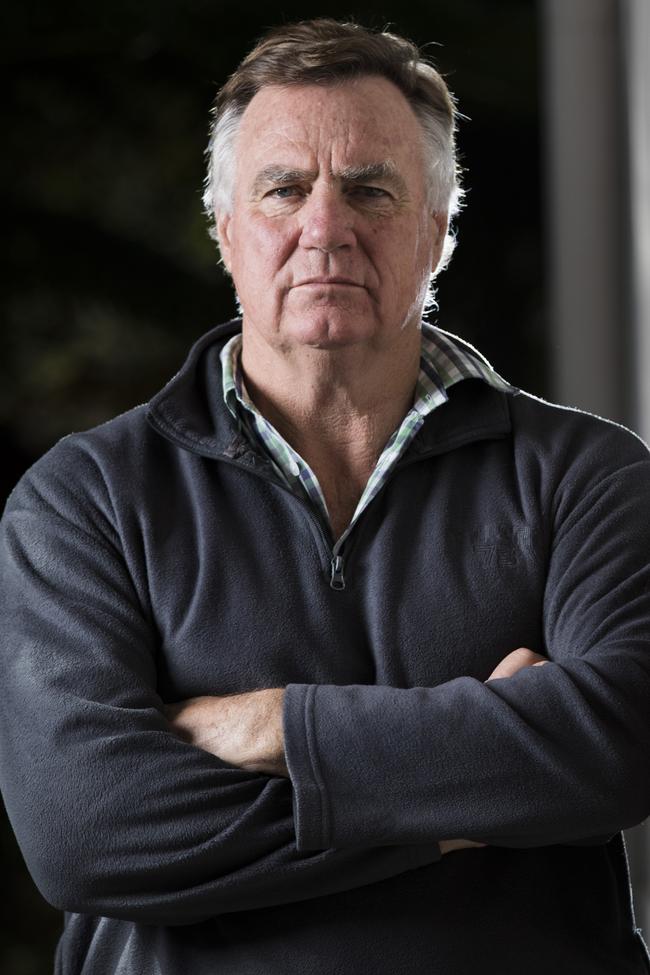
On the stand, the lead investigator, then detective senior sergeant Condon, said the family’s concerns that police ignored the possibility Jeffrey had been murdered were unfounded.
“Comments such as that are made by people who clearly don’t understand police procedures,” he said.
When asked about the lengthy delay in obtaining phone records, he said: “It is just one of those things. It is not the only investigation I have got, and I don’t make any excuses for it.”
As for ballistics tests, the detective said the family were not experts and they didn’t understand. The bottom line was that Condon said there was not enough evidence to the standard of proof required to substantiate a charge against any person.
WHAT WE KNOW SO FAR
■ Young scientist Jeffrey Lawrence Brooks, 24, was found dead from a gunshot wound in a work vehicle at the Beenleigh Crayfish Farm at 3.25pm on March 13, 1996.
■ Police determined Jeffrey accidentally and fatally shot himself through the chest as he tried to wrest an old shotgun out of the vehicle by the barrel.
■ Immediately after hearing about Jeffrey’s death, farm
co-owner Greg Milham called police and asked them to “treat this as a homicide” as the victim had been subjected to threats.
■ Family and friends were in disbelief that Jeffrey, such a safe and experienced shooter, died this way and want the case reopened.
■ The old gun involved was owned by the farm manager and Jeffrey had always refused to use it due to safety concerns.
■ Jeffrey’s own firearm was within a few hundred metres of him and able to use the same ammunition as the old gun.
■ Sales manager Paul Stewart revealed that just over an hour before his death, Jeffrey made a chilling call to him, blurting “I have found something … curiosity killed the cat”.
■ Jeffrey’s brother David gave a statement that his brother was so concerned for his safety at the farm that he had borrowed a shotgun for protection.
■ Best friend Paul Martin recalled the last dinner he had with Jeffrey, where he told him he feared for his safety after he uncovered unauthorised cash sales at the farm and confronted those involved.
■ Former top cop-turned-private investigator Warren Smithers uncovered large-scale unauthorised sales of crayfish in the months after the tragedy.
■ The inquest heard evidence that Jeffrey was concerned he may “cop a bullet”, such was the tension between workers.

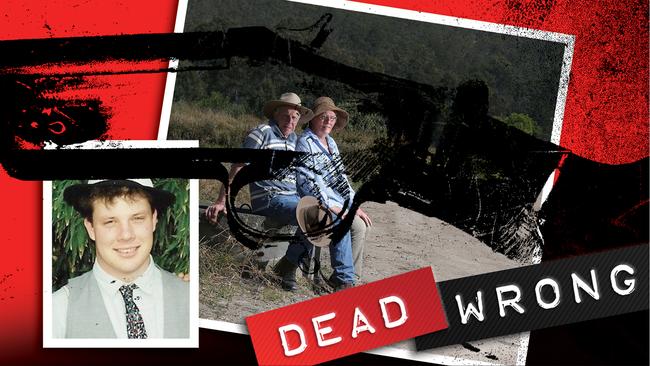
Elite squad to track elusive murderer and cold case fugitive
It’s been almost a year since a confirmed sighting of one of Queensland’s most wanted men, cold case fugitive and convicted murderer Keith Lees, and police are stepping up the hunt.
‘Last ray of hope’ snuffed out with no charges over crayfish farm shooting
The family of a young scientist shot dead while working at a crayfish farm say they lost their “last ray of hope” after an inquest failed to result in charges against two people named by a coroner.